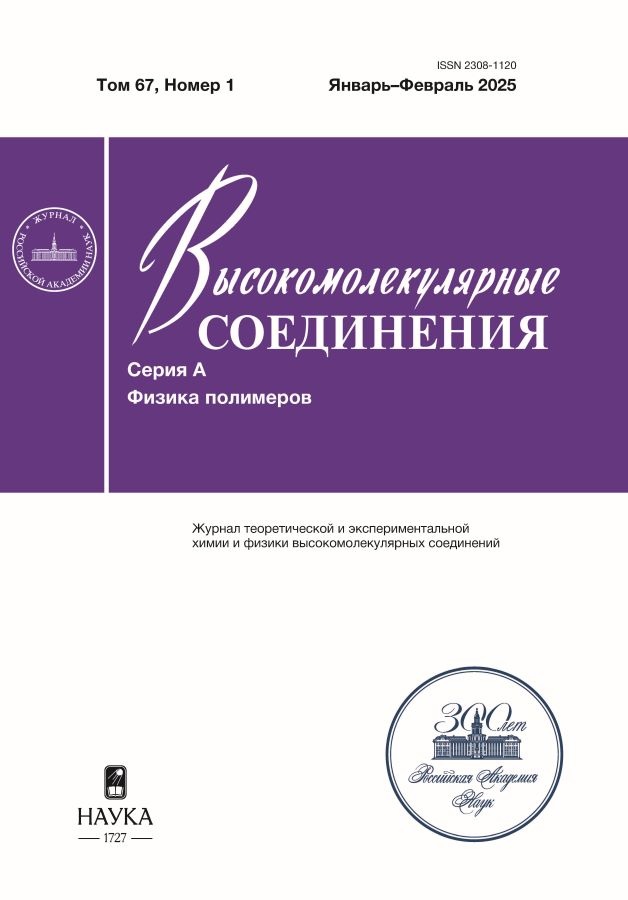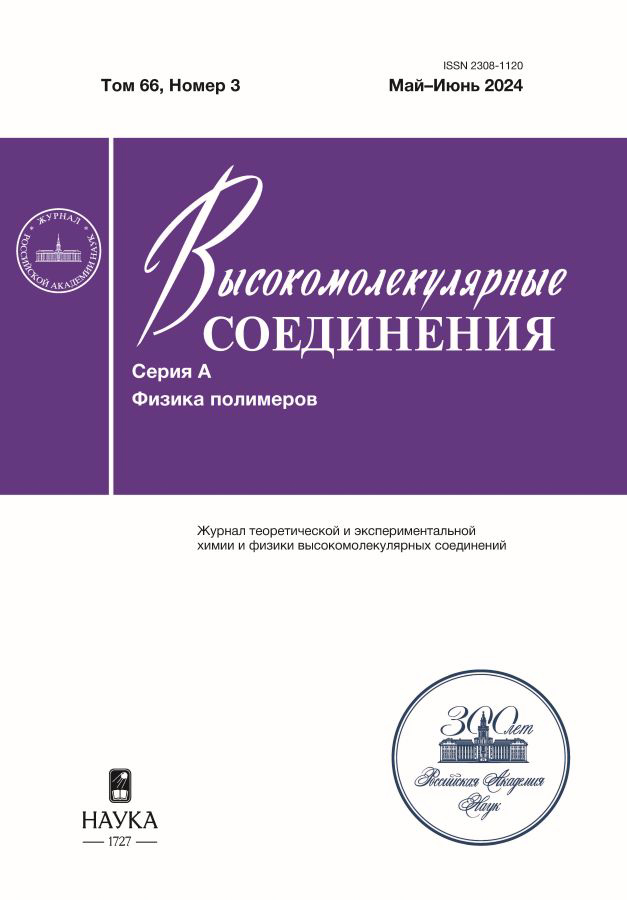Удар упругой капли по тонкому цилиндру
- Authors: Руденко А.О.1, Рожков A.Н.1
-
Affiliations:
- Институт проблем механики им. А.Ю. Ишлинского Российской академии наук
- Issue: Vol 66, No 3 (2024)
- Pages: 232-243
- Section: Rheology
- URL: https://rjraap.com/2308-1120/article/view/650789
- DOI: https://doi.org/10.31857/S2308112024030079
- EDN: https://elibrary.ru/LWTEPJ
- ID: 650789
Cite item
Abstract
Изучено столкновение капель упругих жидкостей и воды с тонким цилиндром (нитью). Упругими (неньютоновскими) жидкостями служили водные растворы полимеров, моделировавшие реологическое поведение ротовой жидкости – основного переносчика инфекций воздушно-капельным путем. Вода в качестве ньютоновской жидкости была исследована с целью выделения эффектов упругости при сравнении столкновения ньютоновских и неньютоновских жидкостей – воды и полимерных растворов. Траектория полета капель и ось цилиндра взаимно перпендикулярны. В экспериментах диаметр капли составлял 3 мм, а горизонтальных цилиндров из нержавеющей стали 0.4 и 0.8 мм. Формирование капель происходило путем медленного истечения жидкости из вертикального капилляра из нержавеющей стали с внешним диаметром 0.8 мм, от которого капли периодически отрывались под действием силы тяжести. Скорость капли перед столкновением определялась расстоянием между срезом капилляра и мишенью‒цилиндром (в экспериментах это расстояние составляло 5, 10 и 20 мм). Скорость падения капель перед ударом оценивалась в диапазоне 0.2-0.5 м/с. Процесс столкновения зарегистрирован методом скоростной видеозаписи с частотой кадров 240 и 960 Гц. В испытаниях задействованы вода и водные растворы полиакриламида с молекулярной массой 11 млн и концентрацией 100 и 1000 млн‒1. Показано, что в зависимости от высоты падения капли и концентрации полимера возможны различные сценарии столкновения: кратковременный отскок капли от препятствия, торможение и остановка капли на препятствии, обтекание каплей цилиндрического препятствия с сохранением сплошности и продолжением свободного полета, а также распад капли на две вторичные капли, каждая из которых со своей историей последующего полета.
Full Text
About the authors
А. О. Руденко
Институт проблем механики им. А.Ю. Ишлинского Российской академии наук
Email: rozhkov@ipmnet.ru
Russian Federation, 119526, Москва, пр. Вернадского, 101
A. Н. Рожков
Институт проблем механики им. А.Ю. Ишлинского Российской академии наук
Author for correspondence.
Email: rozhkov@ipmnet.ru
Russian Federation, 119526, Москва, пр. Вернадского, 101
References
- Dbouk T., Drikakis D. // Phys. Fluids. 2020. V. 32. P. 053310.
- Bourouiba L., Dehandschoewercker E., Bush J.W.M. // J. Fluid Mech. 2014. V. 745. P. 537.
- Bourouiba L. // Ann. Rev. Biomed. Eng. 2021. V. 23. P. 547.
- Lorenceau É., Quéré D. // J. Coll. Int. Sci. 2003. V. 263. P. 244.
- Villermaux E., Bossa B. // J. Fluid Mech. 2011. V. 668. P. 412.
- Rozhkov A., Prunet-Foch B., Fedyushkin A., Vignes-Adler M. // Atomiz. Sprays. 2023. V. 33. № 10. P. 1.
- Lorenceau E., Clanet C., Quere D. // J. Coll. Int. Sci. 2004. V. 279. P. 192.
- Dressaire E., Sauret A., Boulogne F., Stone H.A. // Soft Matter. 2016. V. 12. № 1. P. 200.
- Kim S., Kim W. // Phys. Fluids. 2016. V. 28. P. 042001.
- Bazilevsky A.V. Rozhkov A.N. // Fluid Dynamics. 2023. V. 58. № 5. P. 934.
- Fedyushkin A.I., Rozhkov A.N., Rudenko A.O. // J. Phys.: Conference Series. 2021. V. 2057. P. 012034.
- Федюшкин А.И., Гневушев А.А., Захаров А.С., Рожков А.Н. // Матер. XXIII Международной конференции по вычислительной механике и современным прикладным программным системам (ВМСППС′2023), 4–10 сентября 2023 г., Дивноморское, Краснодарский край. C. 440.
- Bazilevsky A.V., Entov V.M., Rozhkov A.N. // Fluid Dynamics. 2011. V. 46. № 4. P. 613.
- Subbotin A.V., Malkin A.Y., Kulichikhin V.G. // Adv. Coll. Int. Sci. 2011. V. 162. № 1‒2. P. 29.
- Rozhkov A., Prunet-Foch B., Vignes-Adler M. // J. Non-Newtonian Fluid Mechanics. 2015. V. 226. P. 46.
- Rozhkov A.N. // Russ. J. Biomech. 2021. V. 25. № 4. P. 338.
- Bird R.B., Armstrong R.C., Hassager O. Dynamics of Polymeric Liquids. New York: Wiley, 1987.
- Astarita G., Marrucci G. Principles of Non-Newtonian Fluid Mechanics. London: McGraw Hill, 1974.
- Bazilevskii A.V., Rozhkov A.N. // Polymer Science A. 2018. V. 60. № 3. P. 391.
- Adamson A.W. Physical Chemistry of Surfaces. New York: Wiley, 1976.
- Antonini C., Villa F., Bernagozzi I., Amirfa zli A., Marengo M. // Langmuir. 2013. V. 29. № 52. P. 16045.
- Bazilevskii A.V., Meyer J.D., Rozhkov A.N. // Fluid Dynamics. 2005. V. 40. № 3. P. 376.
Supplementary files



















